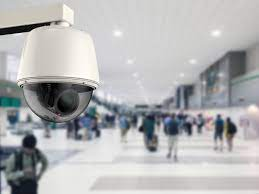Members of the public tend to feel safer when they know cameras are in place. This deters criminals and robbers from attacking or stealing and can be used to identify them after the event should a crime take place. CCTV also provides footage that can be used to assist police in solving crimes and securing convictions.
CCTV can also help with the prevention of petty theft from businesses and building sites that are particularly vulnerable to this type of crime. The Chartered Institute of Building recently reported that around 1 in 10 construction firms suffer financial losses from this type of crime, with the average cost of these losses amounting to many thousands. CCTV systems can be installed to monitor key areas and provide footage that can be used as evidence for prosecutions. For information on CCTV Swindon, visit apmfireandsecurity.com/cctv-installation/cctv-installation-swindon

While CCTV is an effective tool for reducing crime, it is not a replacement for the need for police patrols and other forms of physical surveillance. CCTV can be used in conjunction with other crime prevention strategies such as lighting, signage, community outreach, communication systems, access control and surveillance software for identifying suspicious behaviour.

In some cases, crime displacement effects have been observed in areas where CCTV is located, with crimes occurring in nearby locations despite the presence of cameras. This can be overcome by ensuring that the CCTV system is designed with specific crime goals in mind and by establishing framework agreements between the various policing agencies involved.
